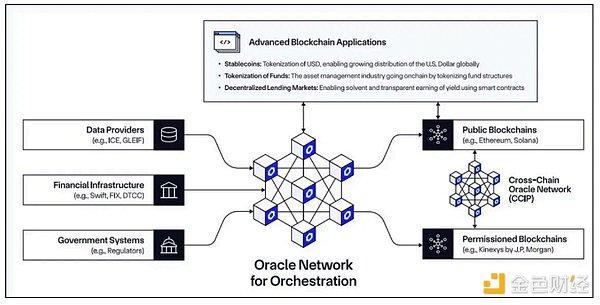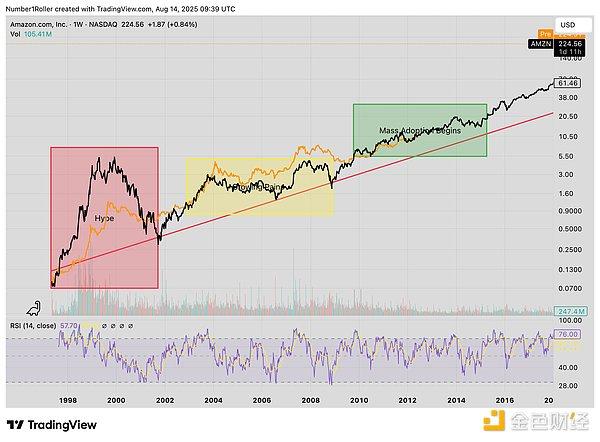Market Trend Insight: The GENIUS Stablecoin Act was passed by the US Senate. What major changes will Web3 and RWA usher in?
This article is machine translated
Show original
Market Trend Insight: The 'GENIUS Stablecoin Bill' Passes the U.S. Senate, What Major Changes Will Web3 and RWA Usher In?
How can you easily grasp the market hotspots, technological trends, ecosystem progress, and governance dynamics happening in the Web3 industry? The "Market Trend Insight" column launched by Web3Caff Research will delve into the frontline, screen current hot events, and provide value interpretation, commentary, and principle analysis. Looking beyond the phenomenon to its essence, immediately follow us to quickly capture the frontline market trends of Web3.
Author: Eddie xin, Web3Caff Research Researcher
Cover: American Flag, Typography by Web3Caff Research
Word Count: Over 2000 words
From February 4, 2025, when U.S. Senator Bill Hagerty proposed the 'GENIUS Bill' - the full title being the Guiding and Establishing National Innovation for U.S. Stablecoins Act - after approximately 3 months of complex policy negotiations, it was finally passed today, May 20th, with 66 votes in favor and 32 against, thus opening the curtain on a procedural motion. This bill marks a significant progress in federal regulation of stablecoins in the United States, demonstrating the current government's determination to be a policy pioneer in digital assets.
The following are the core contents of the bill:
Core Bill Contents
The 'GENIUS Bill' aims to construct a comprehensive framework for stablecoin issuance and regulation, promoting innovation, protecting consumers, maintaining financial system safety, and consolidating the global dominance of the U.S. dollar. Its core provisions include:
- Clearly Define Issuers: The bill stipulates that only deposit institutions or state-level issuing institutions meeting specific regulatory standards can legally issue stablecoins, completely ending the current status of "anyone can issue coins". Issuers must register with the Federal Reserve System and undergo federal regulatory review.
- 100% Reserve Requirement: Stablecoins must be 100% backed by U.S. dollars or high-liquidity assets like short-term U.S. Treasury bonds at a 1:1 ratio, with monthly public disclosure of reserve composition. Issuers with a market value exceeding $50 billion must undergo regular audits, and falsely claiming government guarantees is prohibited.
- Strict Compliance Standards: Issuers must comply with bank-like regulatory requirements, including capital adequacy, liquidity, and risk management standards, while strictly enforcing anti-money laundering and counter-terrorism financing regulations under the Bank Secrecy Act (BSA).
- Consumer Protection: The bill establishes multiple consumer protection clauses, including clear redemption mechanisms and transparency requirements, ensuring user fund safety and preventing fraud and systemic risks.
- Cautious Attitude Towards Algorithmic Stablecoins: For algorithmic stablecoins that rely solely on algorithms or digital assets to maintain value, the bill requires regulatory agencies to closely monitor them, rather than directly prohibiting them, leaving room for future research.
Next, we will analyze this from three perspectives: macroeconomic factors, industry impact, and future trends.
Sector:

Source
Disclaimer: The content above is only the author's opinion which does not represent any position of Followin, and is not intended as, and shall not be understood or construed as, investment advice from Followin.
Like
Add to Favorites
Comments
Share






